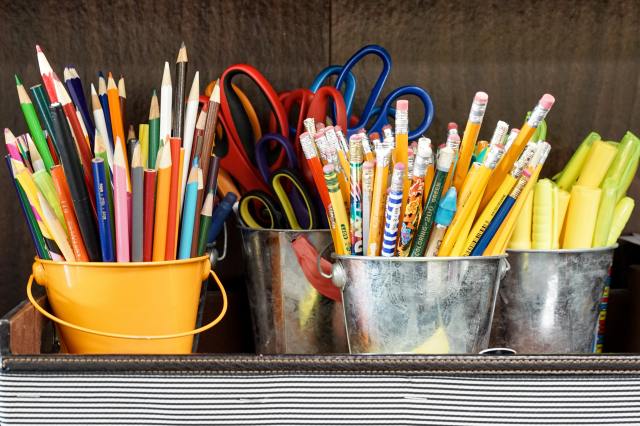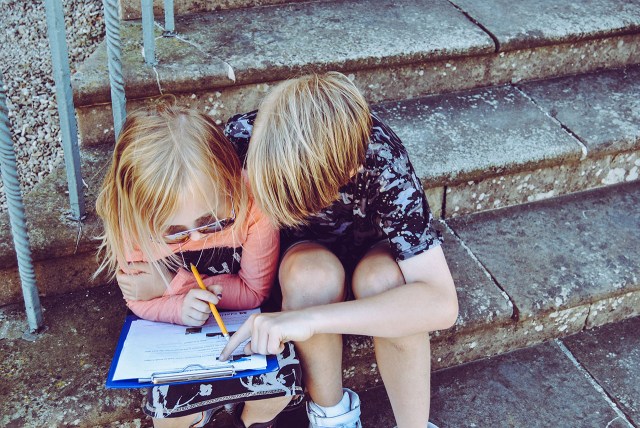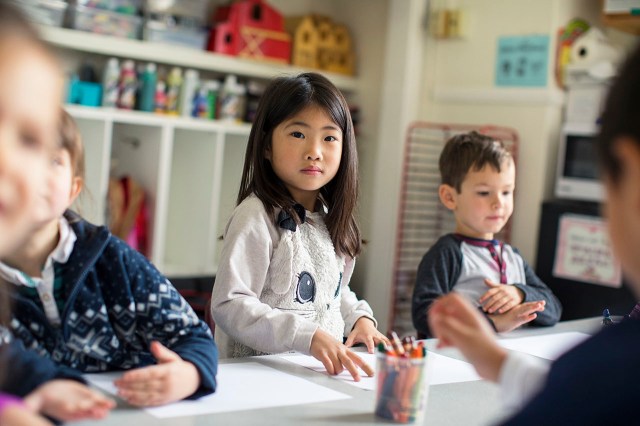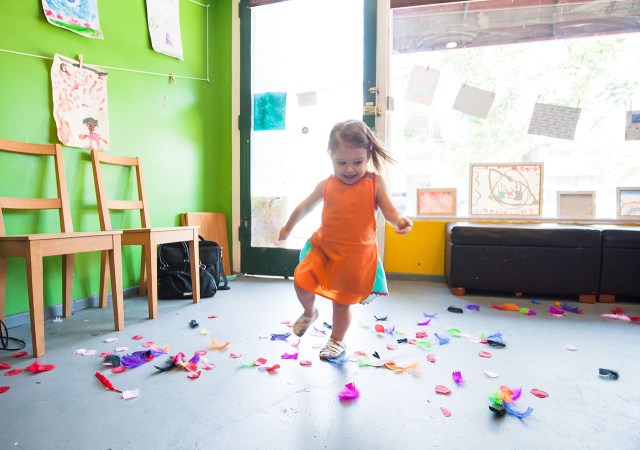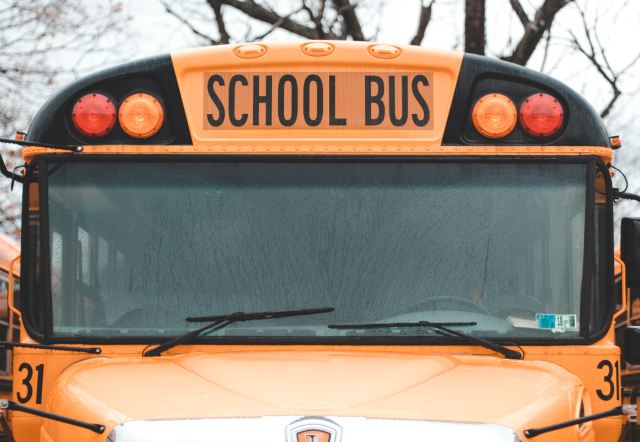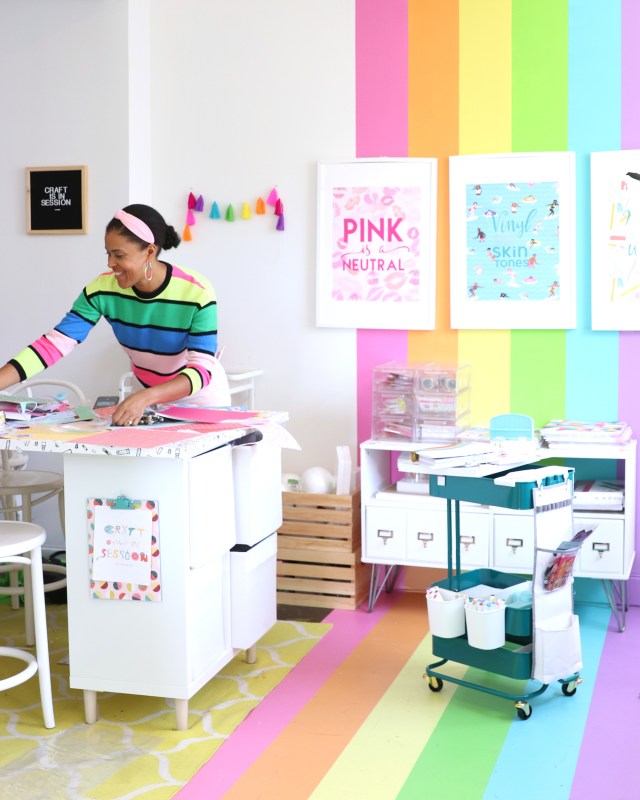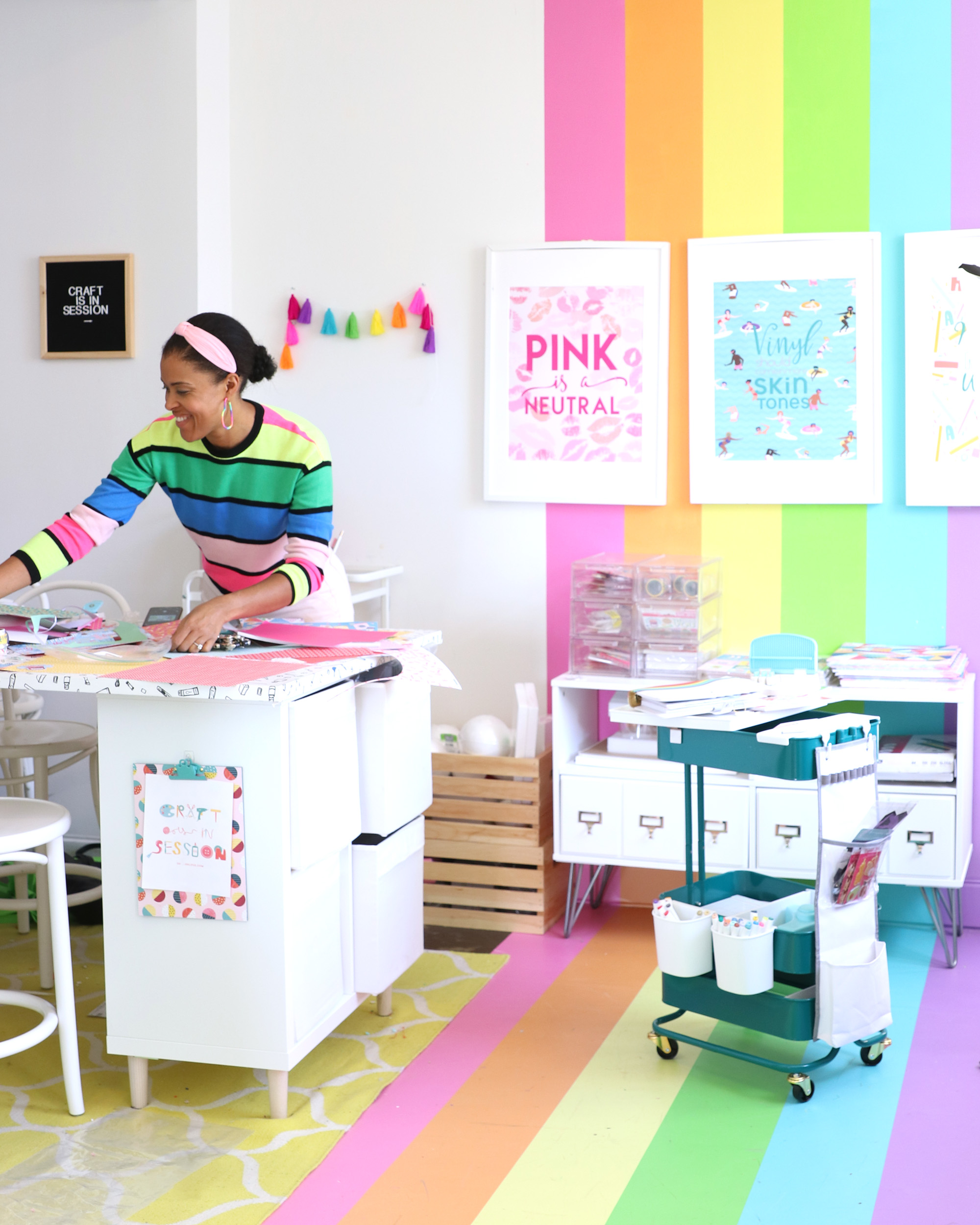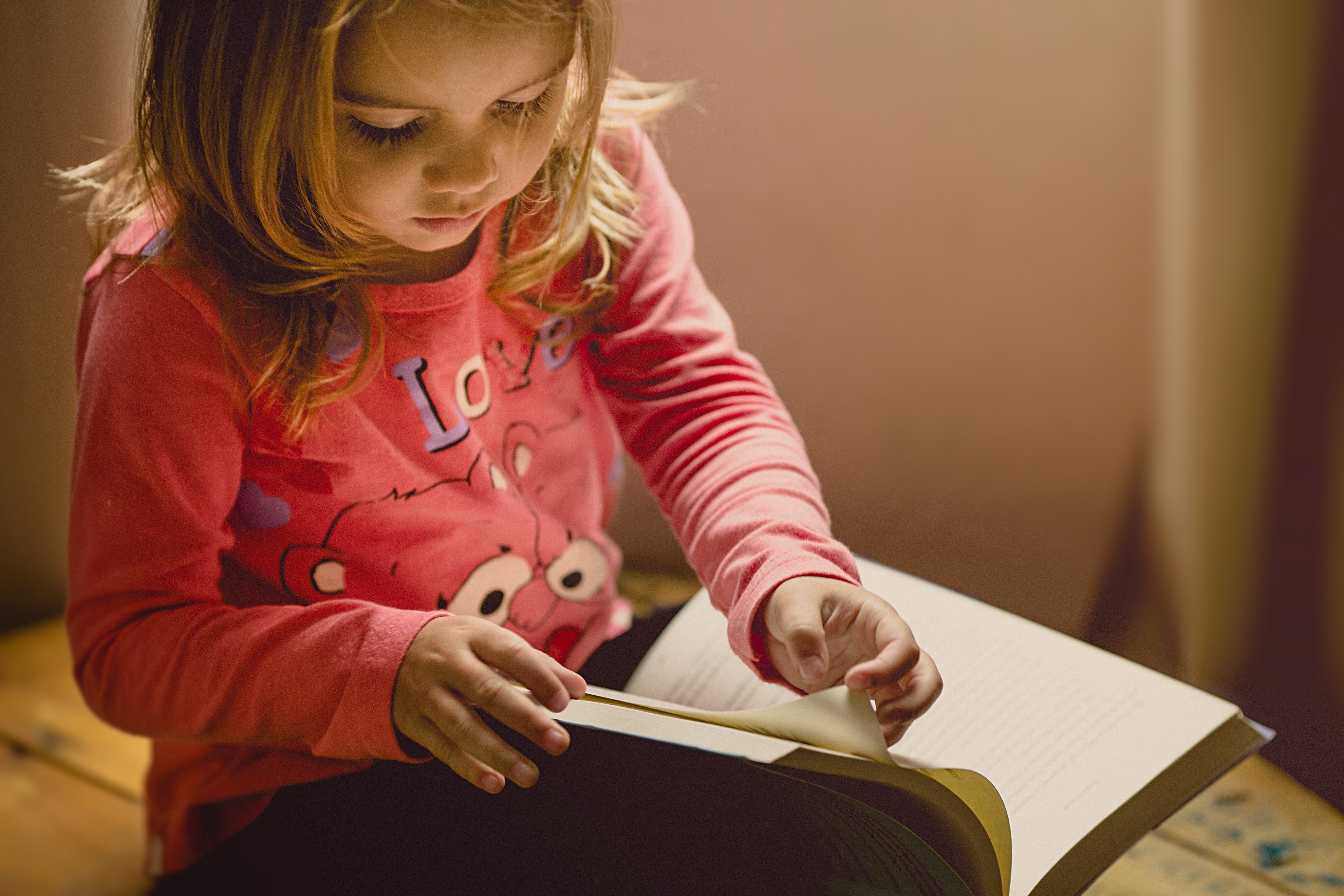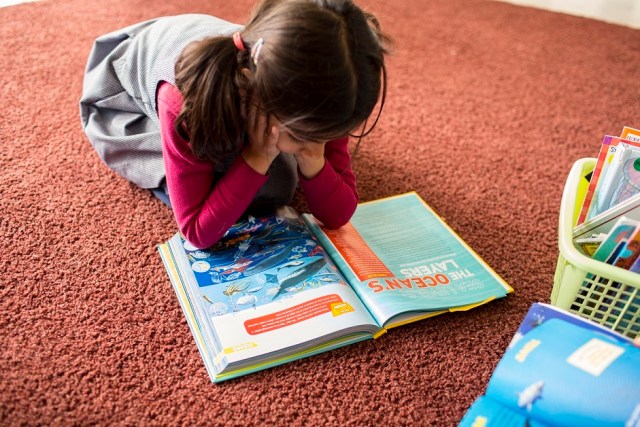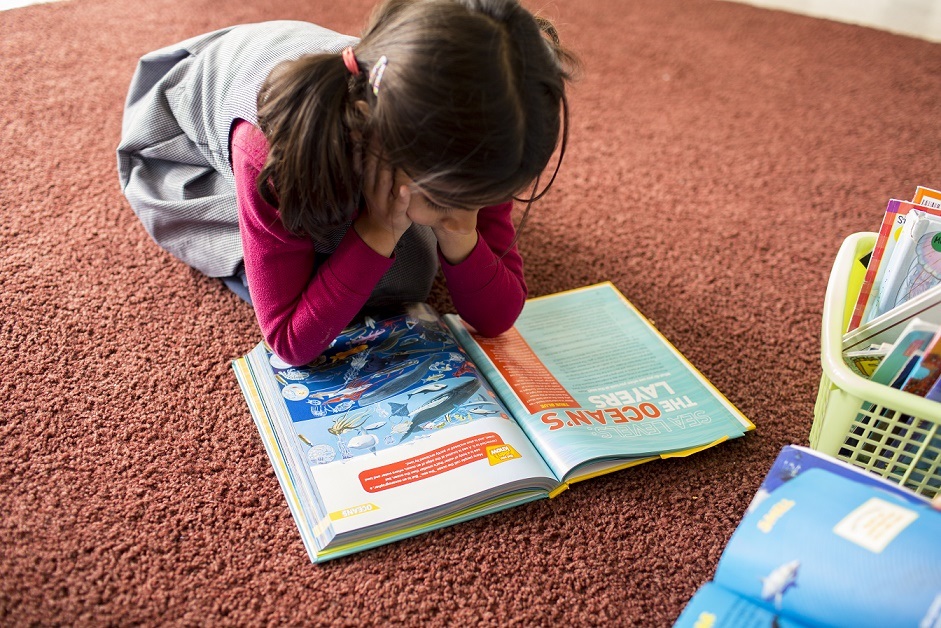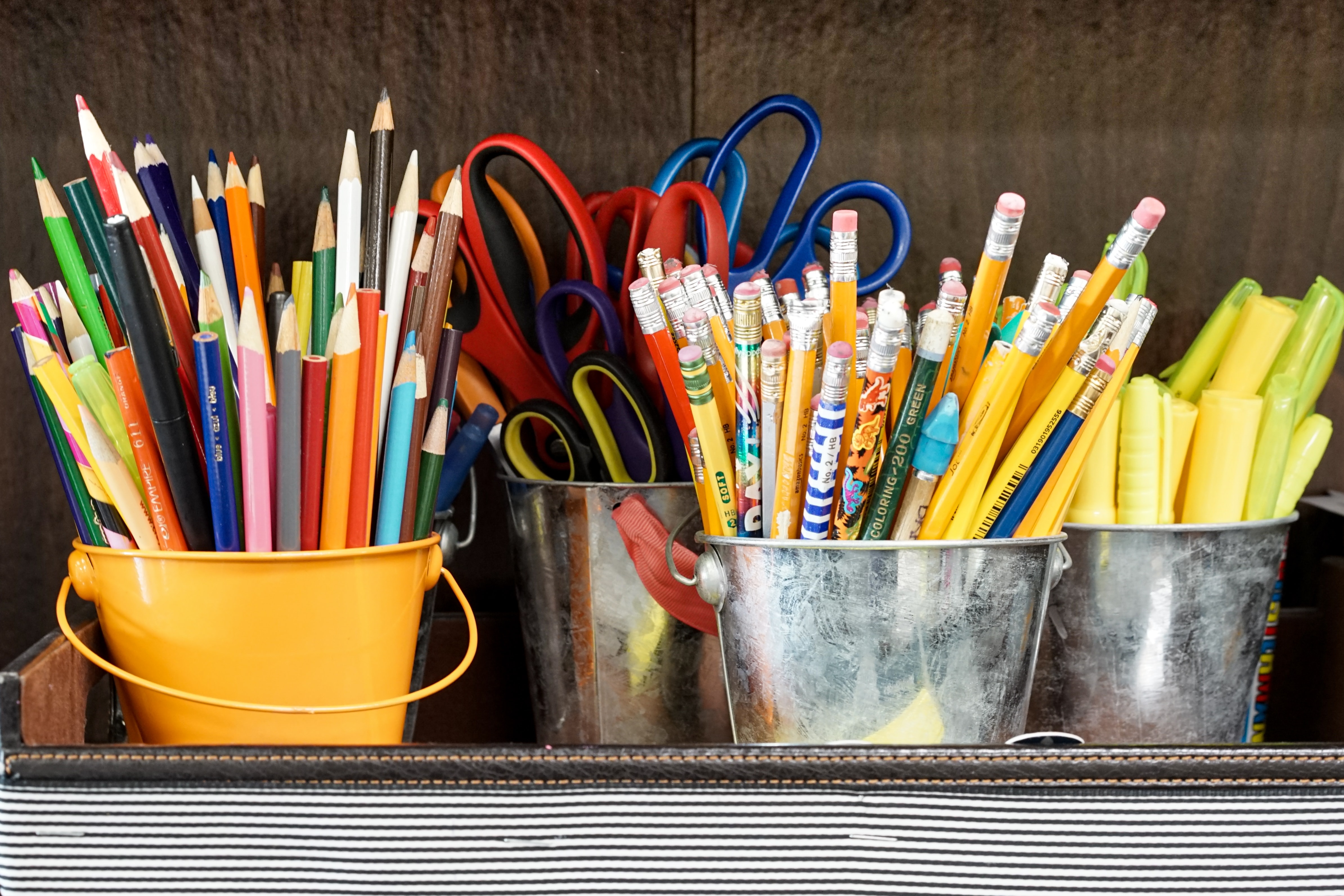
The back-to-school season is an exciting time for families as they gear up for the huge transition ahead. A new academic year may mean new teachers and new friends for most children, even new schools for some. While starting on a clean slate can be refreshing, the high level of unknowns and changes in routine can cause anxiety in some kids.
That’s why it’s good to plan a mix of fun and purposeful back-to-school activities to better prepare our children for the school year ahead. Check out these creative activities inspired by the Oddbods show that you can do with your child and the whole family. Let’s do this!
Fun-Tastical Back-to-School Activities
1. Shop for New School Supplies
Get your child excited by stocking up with some new, inexpensive stationery. We’re particularly partial to this Oddbods Creativity Kit. No matter your budget, giving your child new-to-them school supplies can help them look forward to returning to class. As much as possible, let them make their own choices so they can feel a greater sense of self and autonomy.
Pro Tip: If you have multiple children, let them hold their own shopping baskets and have the items bagged separately during check out. This saves you the effort of sorting out the purchases for each child once you get back home.
2. Order Cute Name Stickers & Get Labelling
It’s not uncommon for children’s stationery to get lost or accidentally traded among students. Name labels can help. There are many online name sticker services offering a wide variety of designs to choose from. Once they’ve arrived, sit down with your child and let them enjoy pasting stickers on their belongings.
3. Assemble a Homework Caddy
Assemble a homework caddy with coveted stationery for your child to look forward to using after school. Becky from Clean Mama assembles adorable but super functional homework caddies for her children every back-to-school season. It’s a great idea to adopt because it helps to organise stationery in your home and injects colour into the dreaded routine of completing homework after school. When shopping for back-to-school supplies, pick out some fancier stationery for communal use among your kids.
4. Tidy Up Together
We’re being cheeky calling this “fun”, but tidying up the mudroom or coat and shoe racks ahead of the back to school season can help to reduce chaos in your home once school has started. Declutter footwear and jackets that your kids have outgrown and craft some fun, decorative touches with your child to display. Involving your child can help them feel proud of contributing to the family.
5. Plan Extra-Special after-School Snacks for the First Few Weeks of School
Make snack time family time. While you have the luxury of the summer break, why not plan some extra special after school snacks for the first few weeks of school to help your child look forward to them? Whether it’s baking cookies or freezing fruit popsicles in advance, it’s a great opportunity to bond with your child before school routines take over your days.
If your kid is running off for after-school activity, the best time for them to snack is 30 minutes before their activity. This leaves enough time for digestion and the fuels from the snack to start working.
6. Download Wacky Zoom Backgrounds in Advance
If your child will be doing some remote learning this coming school year—and if their teachers allow it—start hunting for some fun virtual backgrounds to inject some joy into their online classes. Here’s also a list of parent tips and tricks to keep your kid focused and balanced while learning from home.
7. Make New Morning Routine Charts
Morning routines are chaotic, so get your kids’ help by training them to be independent when getting ready for school with their school gear, like their backpack, in advance and perhaps, boost their mood with their choice of back-to-school essentials.
As your child grows older, they develop more executive functions which help them pay attention, remember instructions and multitask better. Based on the new skills they’ve acquired, design new morning routine charts where they increasingly become more independent in getting ready for school. As a bonus, customise the routine charts with your child’s favourite themes.
8. Read Books about the First Day of School
After spending their summer break at home, young children especially can feel separation anxiety in school. You can help to mentally prepare them for what to expect by reading books about going to a new school or returning to school. Let them know that fear and anxiety are normal feelings and that you trust your child is capable of acting in spite of them.
Check out these three popular titles among parents!
-
The Kissing Hand by Audrey Pen
-
First Day Jitters by Julie Danneberg
-
The Pout-Pout Fish Goes to School by Deborah Diesen
9. Rehearse Drop-Offs & Pick-Ups
Talk to your child about how your family will be doing drop-offs and pick-ups once school starts. Drop by the school compound, rehearse the journey to and from school and show them where you’ll be sending them off and picking them up. Letting them know what to expect and giving them plenty of calm assurances can help to reduce their jitters about the coming school year.
Make this year’s back-to-school season extra joyful by trying out the suggestions above. Whether your child is filled with excitement or dread, embrace their feelings and support them through their journey so that they can succeed. Every child is different and each deserves to grow well over the upcoming school term. Parents, you got this!
